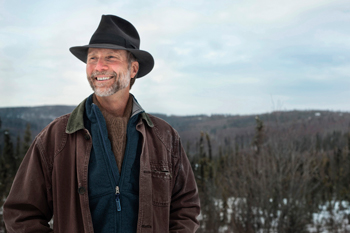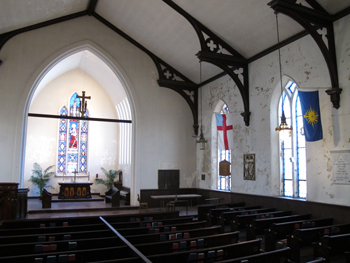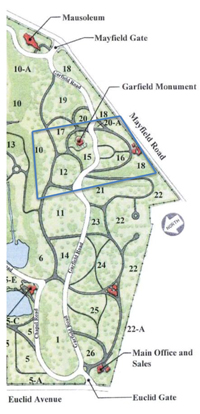by Mike Telin

On Saturday, September 20 beginning at 7:00 pm in Historic St. John’s Episcopal Church in Ohio City, The Alaskan-based composer will discuss Veils and Vesper, two distinct but related electronic soundscapes that create an immersive listening experience over a period of six hours. The evening includes a “sneak preview” of the work followed by a meet-and-greet reception. The event is free and all are welcome. Audiences can experience Veils and Vesper on Fridays and Saturdays from 12:00 noon to 6:00pm beginning on Friday, September 26.
Adam’s music and his life are undeniably connected to the natural world. He is a recipient of the Heinz Award for his contributions to raising environmental awareness, as well as the Nemmers Prize from Northwestern University “for melding the physical and musical worlds into a unique artistic vision that transcends stylistic boundaries.”
On Sunday, September 21 beginning at 2:00 pm, percussionists from near and far will gather in Lakeview Cemetery near the Garfield Monument for a free performance of Inuksuit. The work is scored for 9 to 99 percussion players who are meant to be widely dispersed in an outdoor area. “I think this is going to be one of the largest Inuksuit’s that has ever taken place,” said Tom Welsh, Director of Performing Arts at the Cleveland Museum of Art. “The work has been performed from New York to Seattle and everywhere in between. So we know that a great number of musicians from outside the Cleveland area will be participating. We’re also pulling in many of the music institutions that are here in Northeast Ohio as well. It’s exciting because it is a convergence of a lot of talent and energy, and as John points out, it is a community-building experience.”
The title, Inuksuit, refers to the Stonehenge-like markers used by the Inuit and other native peoples to orient themselves in Arctic spaces. The work’s rhythmic layers are designed to imitate the shapes of the stones, but there’s an open-endedness as to how that will materialize. “Each performance of Inuksuit is different,” Adams explained, “determined by the size of the ensemble and the specific instruments used, by the topology and vegetation of the site—even by the songs of the local birds. The musicians are dispersed throughout a large area, and the listeners are free to discover their own individual listening points, which actively shapes their experience.”
Published on ClevelandClassical.com September 16, 2014.
Click here for a printable copy of this article.




